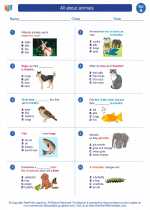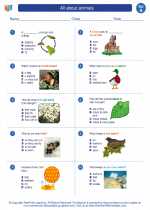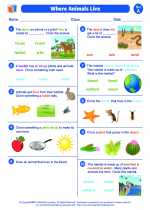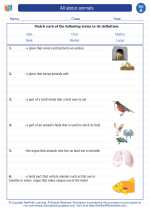Salts
Salts are chemical compounds that are formed from the reaction between an acid and a base. They are composed of positively charged ions, known as cations, and negatively charged ions, known as anions. Salts have a wide range of uses, including in cooking, industry, and agriculture.
Formation of Salts
When an acid reacts with a base, a neutralization reaction occurs, resulting in the formation of a salt and water. For example, when hydrochloric acid (HCl) reacts with sodium hydroxide (NaOH), the salt sodium chloride (NaCl) is formed along with water (H2O).
Properties of Salts
Salts are typically solid, crystalline substances at room temperature. They have high melting and boiling points and can conduct electricity when dissolved in water or melted. The properties of salts vary depending on the specific cations and anions that make up the compound.
Common Salts
There are many different types of salts, each with its own unique properties and uses. Some common salts include sodium chloride (table salt), potassium nitrate (saltpeter), calcium carbonate (chalk), and magnesium sulfate (Epsom salt).
Study Guide
- What are the components of a salt?
- Describe how salts are formed.
- What are the properties of salts?
- Provide examples of common salts and their uses.
By studying and understanding the formation, properties, and uses of salts, you will gain a comprehensive understanding of this important class of chemical compounds.
.◂Science Worksheets and Study Guides First Grade. All about animals

 Worksheet/Answer key
Worksheet/Answer key
 Worksheet/Answer key
Worksheet/Answer key
 Worksheet/Answer key
Worksheet/Answer key
 Worksheet/Answer key
Worksheet/Answer key
 Vocabulary/Answer key
Vocabulary/Answer key
